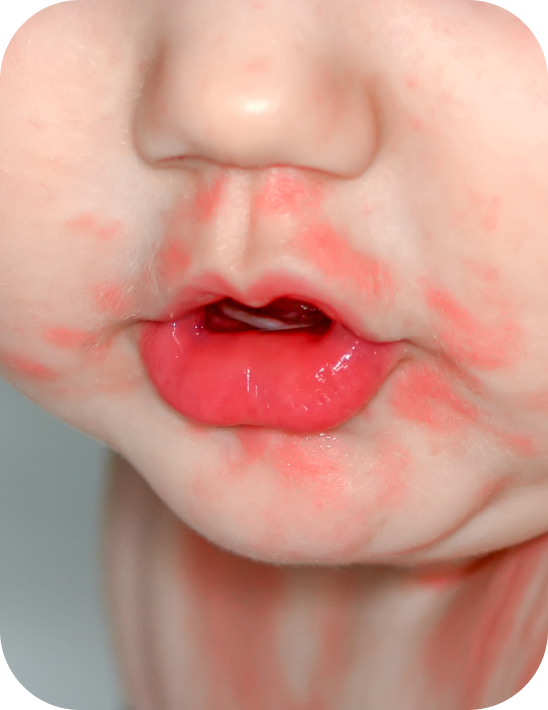Angioedema is a clinical entity defined as self-limiting oedema localised in the deeper layers of the skin and mucosa and lasting for several days.1 Angioedema is not itchy but may be painful and warm.2
Angioedema primarily affects the face, lips, mouth upper airway and the extremities.2 It can be provoked by bradykinin and/or mast cell mediators, including histamine.1



